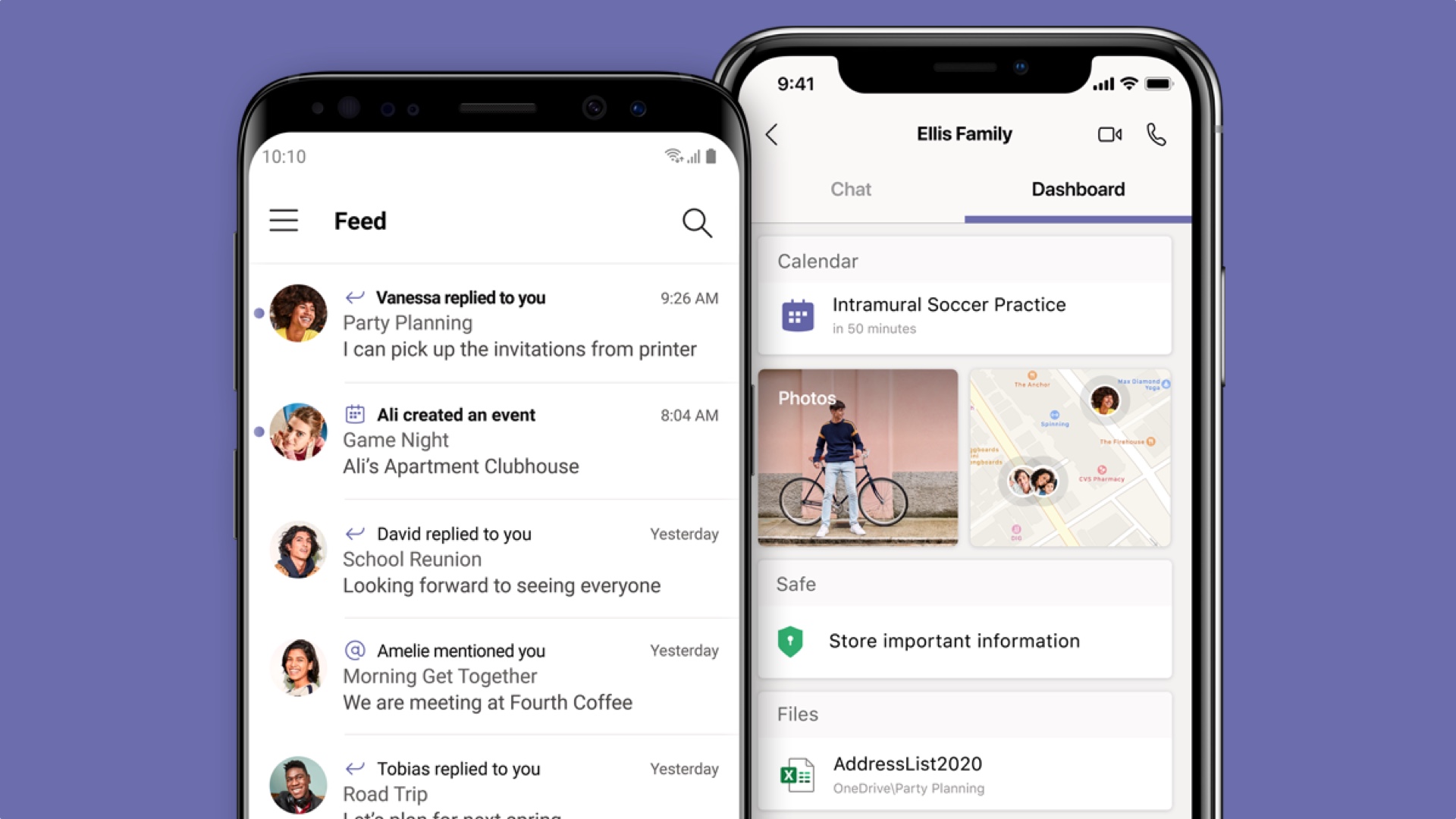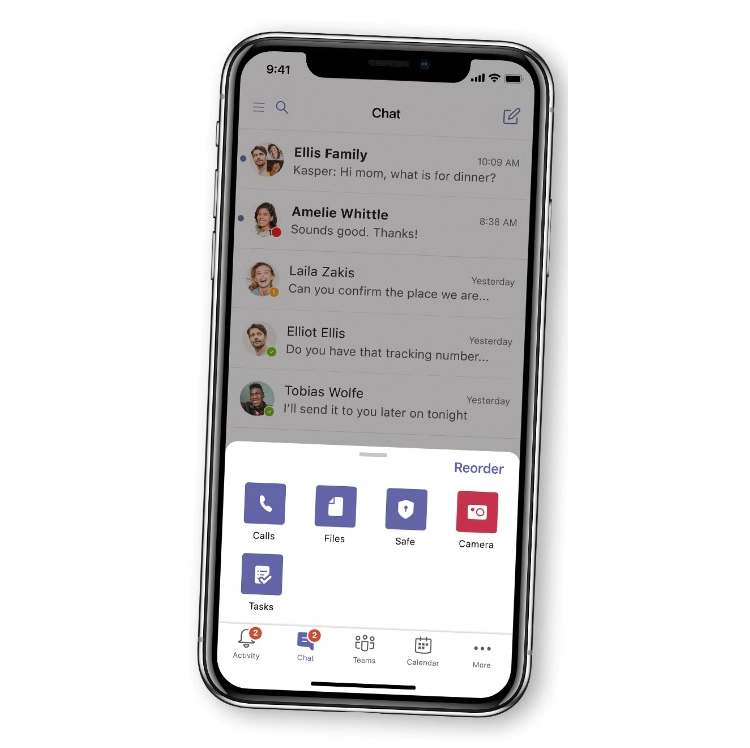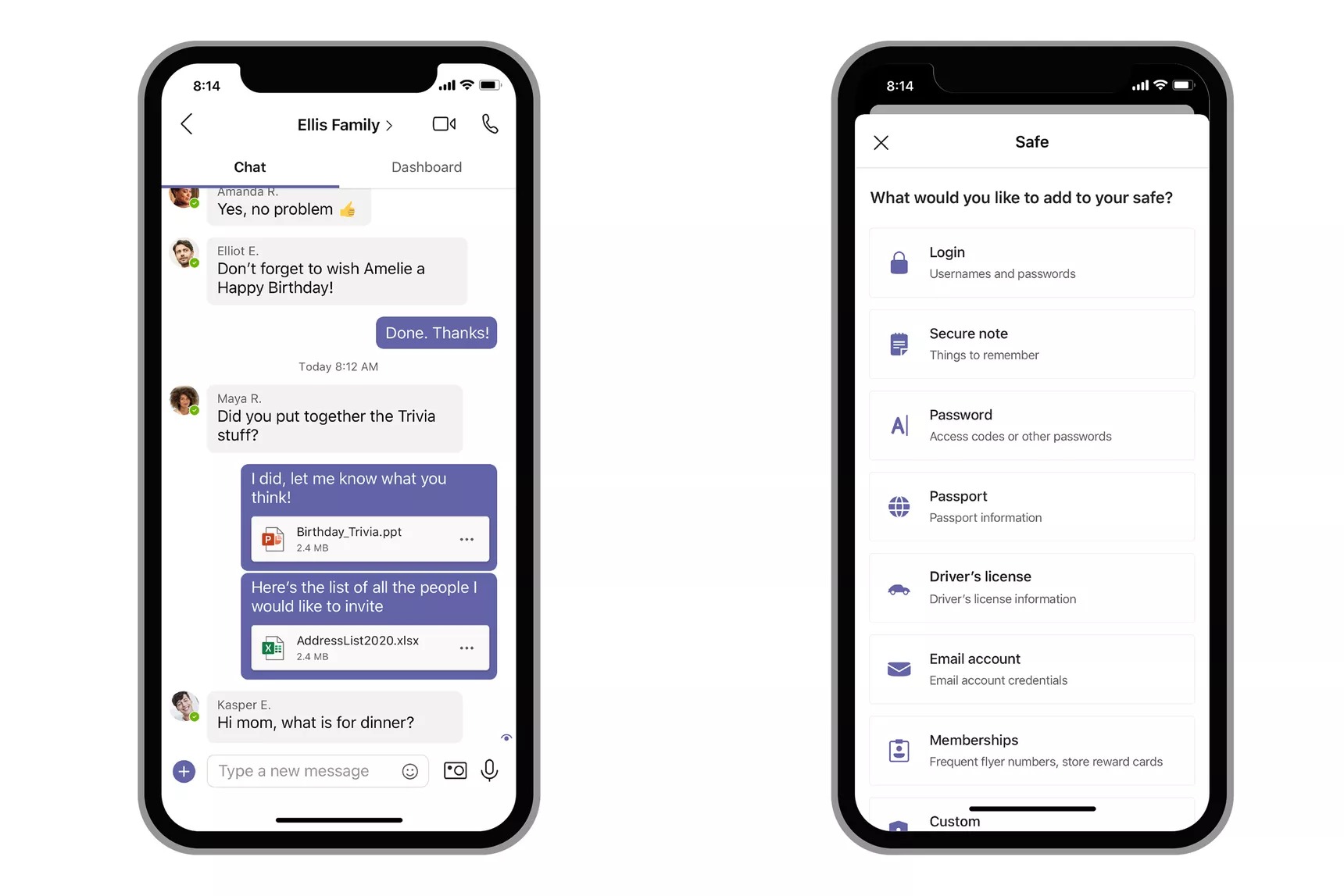Microsoft Teams for consumers is coming: What you need to know
Will Teams be the communication and organizational tool for your friends and family?

Microsoft Teams is enjoying a massive year of growth thanks to the increased need for remote tools for enterprise users, and while the service is often compared with Zoom, Microsoft has much loftier aspirations for its collaboration hub.
If you recall back in March, the company announced that Microsoft Teams would soon be available to consumers with the goal of becoming the central communication and organization tool for friends and family. Now a preview of the service has finally started its rollout (via The Verge).
- Microsoft Surface Earbuds review
- Microsoft Surface Headphones 2 review
- Microsoft kills Mixer: What it means for Xbox Series X
At launch, this preview is available only on Android and iOS, which makes sense as the starting point for the consumer-focused service. From there, it will certainly make its way to Windows 10 and macOS to mirror the availability Teams has offered in the past.
To be clear, this isn't a standalone version of Microsoft Teams. If you already have the app on your devices, you simply need to add your personal Microsoft account to it and you should have access to the preview as it rolls out over the coming weeks. Of course, you'll have the option to easily switch back and forth between that and your work account.
The personal version simply puts a family and friends spin on a lot of the functionality that has been in Teams already, while introducing a few additional features.

You could certainly use Teams as a communication tool as it has a robust group chat along with audio and video calling that supports up to nine callers ( and soon up to 49). However, that isn't the intention for Microsoft, which included an abundance of organizational tools to help groups, families, or friends plan anything from trips to sports leagues, club meetings, or basically any kind of event.
The tools include scheduling along with file sharing, to-do lists, and even location-sharing and photo sharing. Location sharing requires you to grant specific permissions for individuals to have access to your location.
Sign up to receive The Snapshot, a free special dispatch from Laptop Mag, in your inbox.
The primary feed shows all of your groups with the most recent activity, and each group gives you either a chat view, which displays a pretty standard messaging screen, or a dashboard view that gives you an overview of everything that has been shared in that group.

There is also a "Safe" area for each group where you can save any private information that the group may need, like passwords. It is all end-to-end encrypted and secured via two-factor authentication.
While the enterprise application of Teams has a massive market, this could be a huge play for Microsoft if it can manage to bring in consumers as well. Given the recent spike in users, now is the moment for them to strike in the hopes that enterprise users will like the idea of simplifying with one app for work and home.
There's no question that Teams represents a unique feature set that should be appealing to this market and, at least at first blush, it looks well implemented. But the question is whether it can overcome the incumbents that take up large parts of this market already, most notably Facebook.
Sean Riley has been covering tech professionally for over a decade now. Most of that time was as a freelancer covering varied topics including phones, wearables, tablets, smart home devices, laptops, AR, VR, mobile payments, fintech, and more. Sean is the resident mobile expert at Laptop Mag, specializing in phones and wearables, you'll find plenty of news, reviews, how-to, and opinion pieces on these subjects from him here. But Laptop Mag has also proven a perfect fit for that broad range of interests with reviews and news on the latest laptops, VR games, and computer accessories along with coverage on everything from NFTs to cybersecurity and more.

